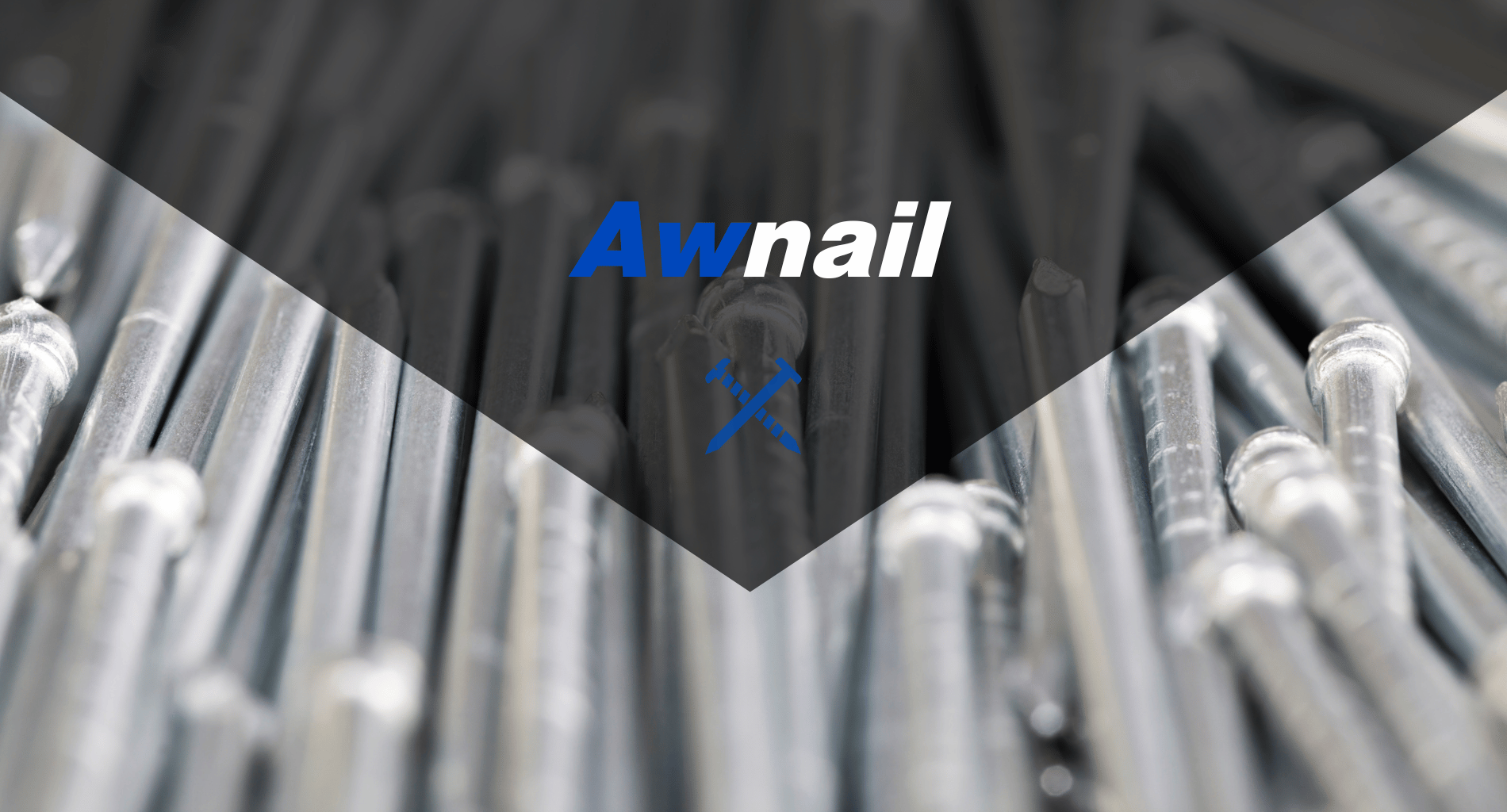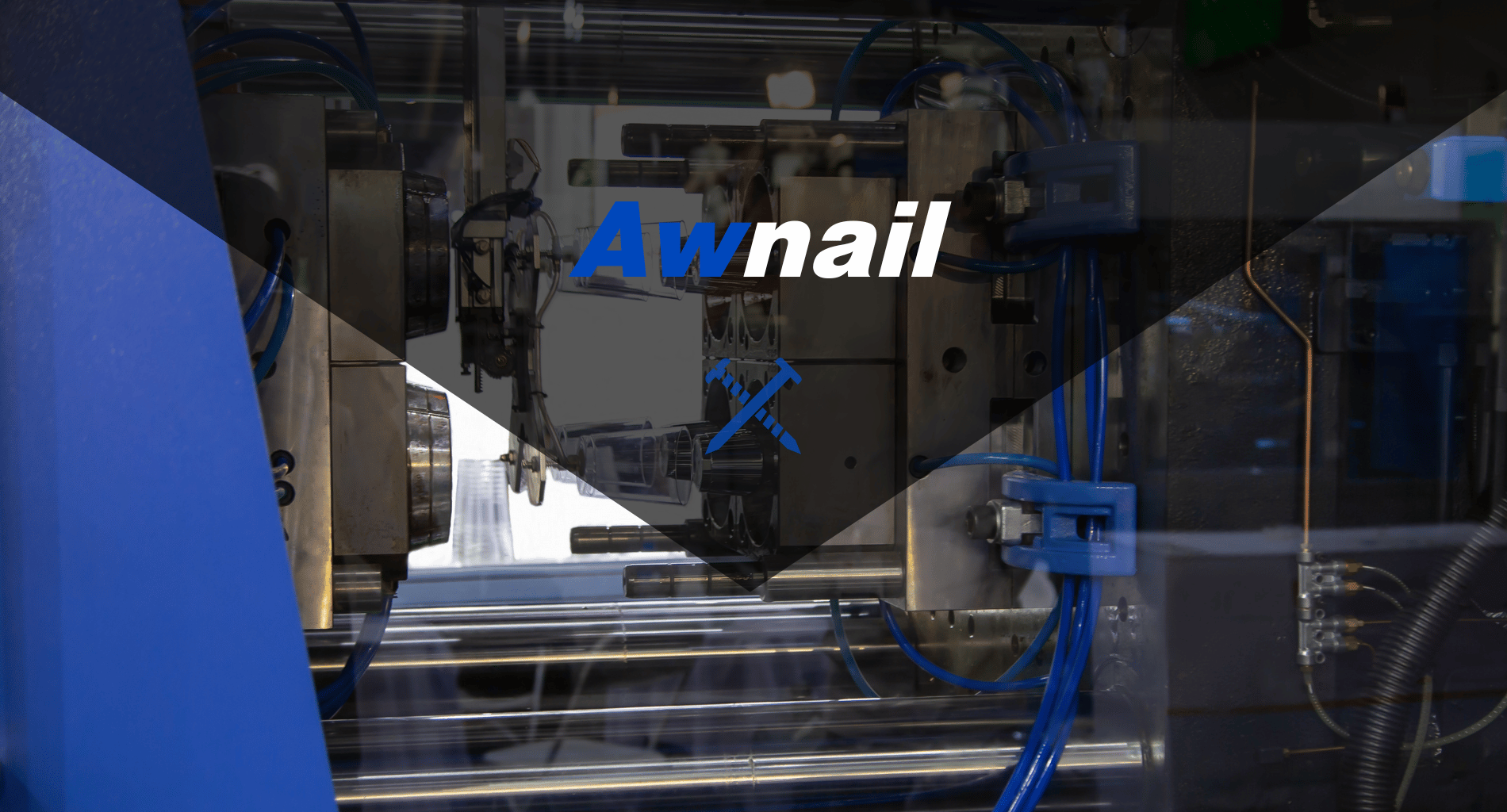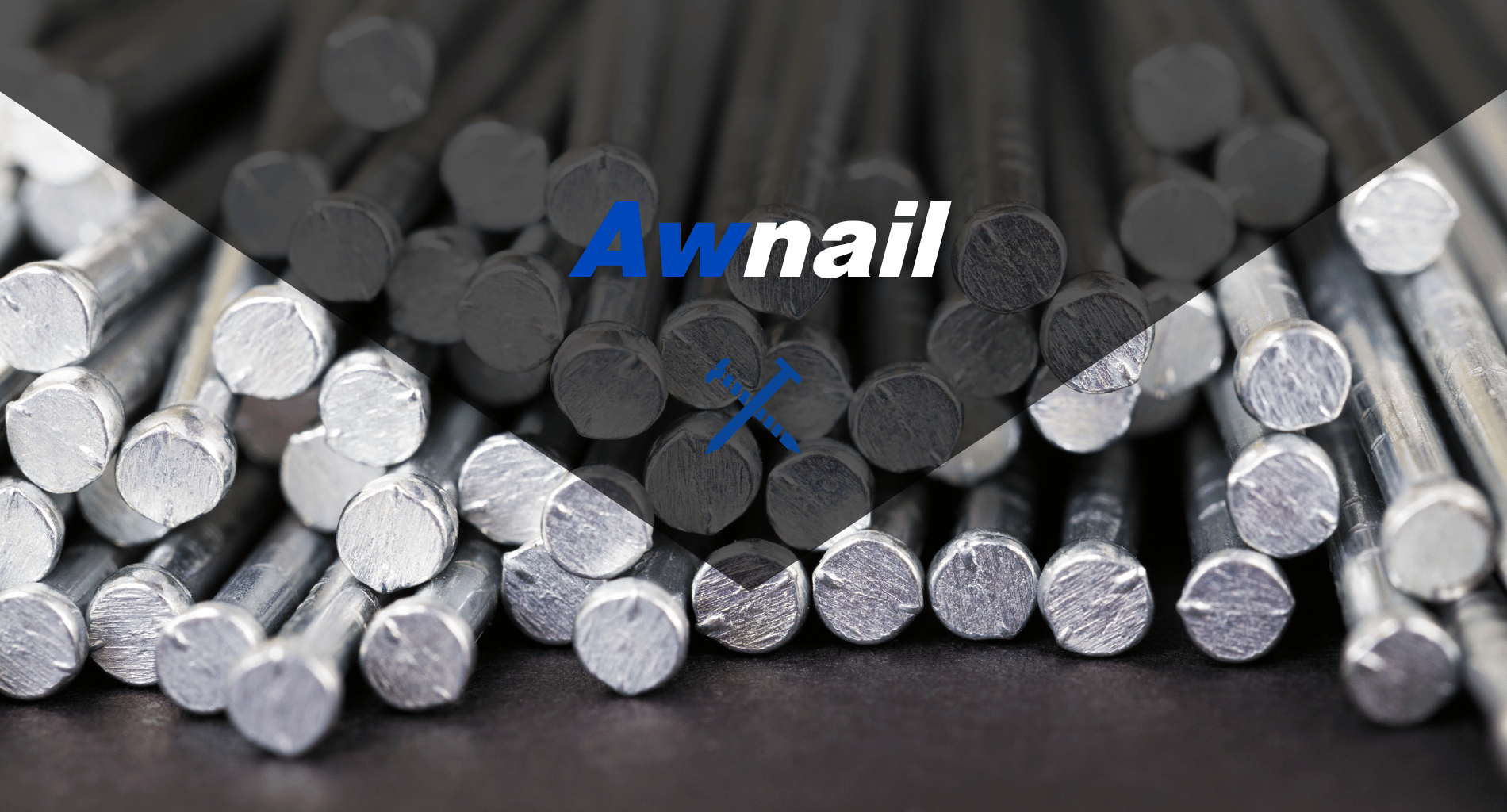Is your business fully leveraging the latest in thread rolling technology? The right machine can be a game-changer, enhancing productivity and product quality with unparalleled precision.
With extensive experience and a deep understanding of the machine industry, my insights are tailored to help you navigate these complex market dynamics.
The thread rolling machine industry is characterized by rapid technological advancements and shifting market demands. Understanding current market trends is key for competitive edge and informed investments.
In this guide, we’ll uncover the most influential trends, industry shifts, and potential future developments that are shaping the thread rolling machine market today.
Read on to unlock valuable insights.
1. Current Market Overview
The thread rolling machine industry is currently experiencing a significant shift driven by technological innovations and evolving market needs. Businesses are focusing on enhancing efficiency, precision, and the environmental sustainability of their machines. This trend is fueled by the increasing demand for high-quality threads in various industries, including automotive, aerospace, and construction.
The rapid adoption of automation and digital technologies is a game-changer, offering advanced capabilities like real-time monitoring and increased productivity. Additionally, the growing demand for customized thread rolling solutions highlights a shift towards specialized and adaptable machinery, shaping both the current industry landscape and future advancements.

2. Technological Innovations and Advancements
Building on the dynamic shifts outlined in the current market overview, the thread rolling machine industry is being reshaped by several technological advancements. Let’s explore these innovations that are setting new standards in the industry:
Integration of Robotics and Automation
The integration of robotics and automation in thread rolling machines is a reflection of a broader trend in manufacturing. As reported by Zipdo, robots executed 50% of total manufacturing work globally in 2021, underscoring the increasing reliance on automation across industries. This shift towards automation in thread rolling machines streamlines production, reduces manual labor, and improves output consistency and efficiency.
Enhanced Precision Engineering
Advancements in precision engineering are leading to the production of thread rolling machines with unparalleled accuracy. These machines are capable of producing threads with extremely tight tolerances, crucial for industries where precision is paramount. This focus on precision ensures machines meet the exact requirements of diverse applications.
Advanced Connectivity and IoT
Innovations in connectivity and the Internet of Things (IoT) are transforming the way thread rolling machines operate. By leveraging IoT, brands like Awnail are enabling real-time monitoring and analytics, which leads to smarter decision-making and improved machine performance. Embracing advanced connectivity enhances manufacturing efficiency, keeping the industry at the forefront of technological progress.
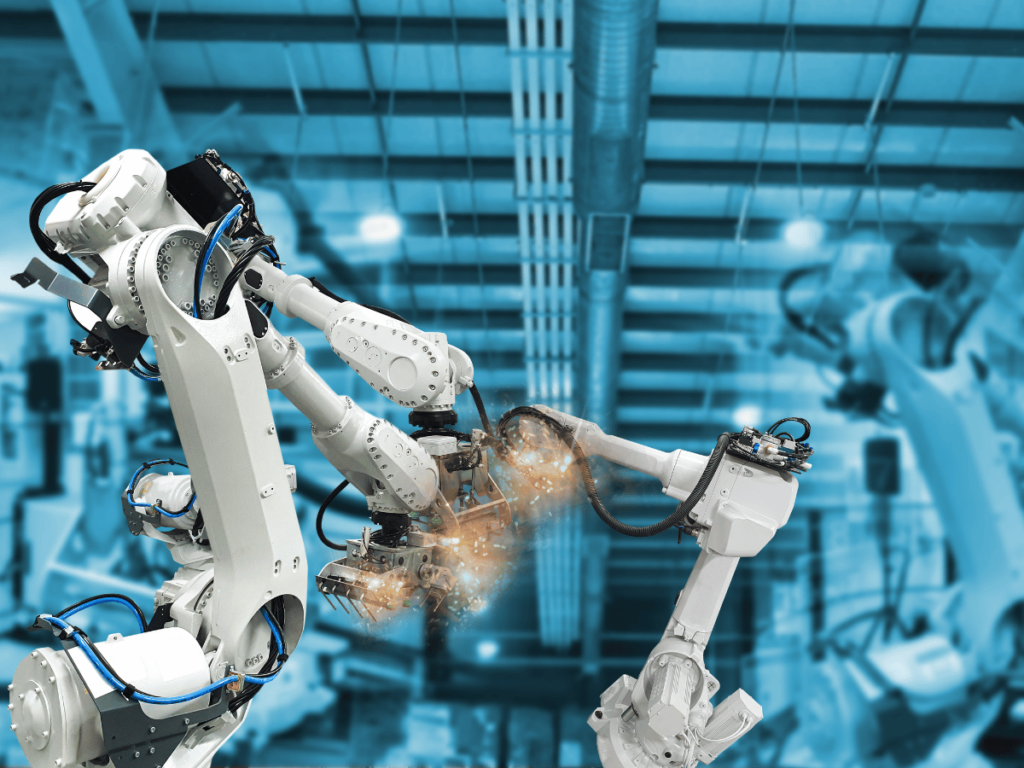
3. Consumer Demand and Industry Applications
As the thread rolling machine industry evolves, understanding specific consumer demands and industry applications becomes crucial. Let’s delve into the various sectors where these machines play a vital role and the unique requirements they fulfill:
Automotive Industry
In the automotive industry, thread rolling machines are indispensable for producing high-strength, precise threads for vehicle components. The demand here focuses on machines that can deliver consistency and durability, as even the slightest deviation can lead to significant safety concerns. An example is the production of threaded axles where precision directly impacts vehicle performance and safety.
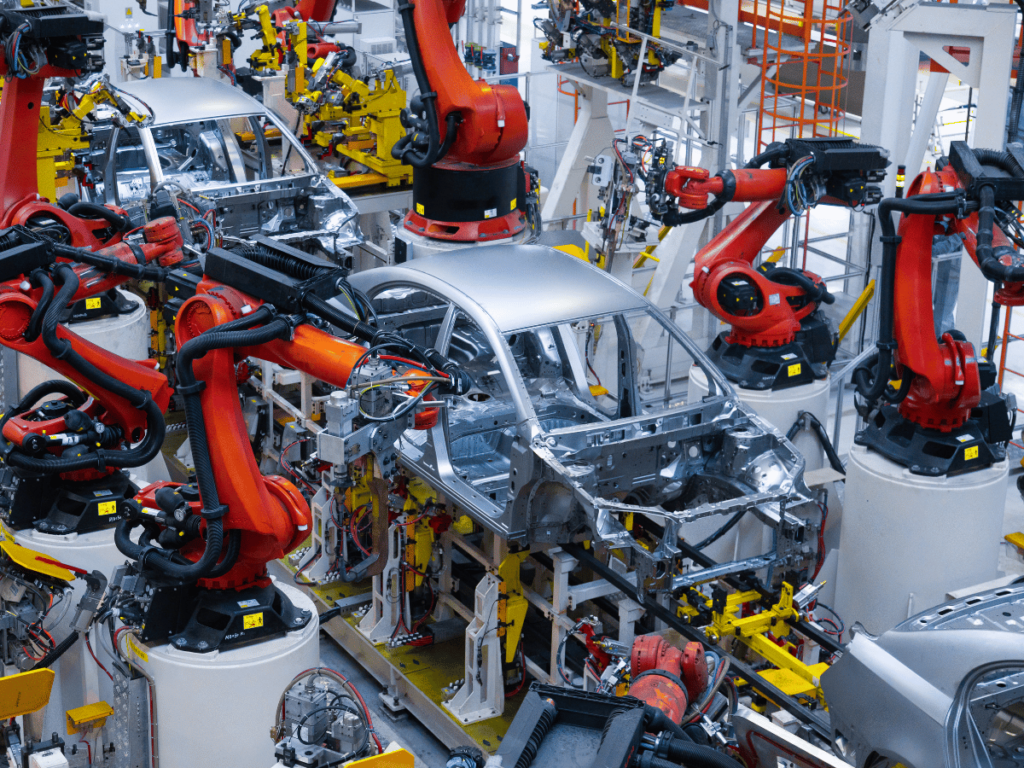
Aerospace Industry
The aerospace sector demands thread rolling machines capable of handling exotic materials and meeting extremely tight tolerances. This industry’s requirement for precision and reliability is non-negotiable, given the critical nature of aerospace components. The threads produced are vital for the structural integrity and performance of aircraft, where every micron counts.

Construction and Infrastructure
In construction and infrastructure, the demand centers around machines that can produce large, robust threads for building materials. These threads are essential for ensuring the strength and stability of structures, ranging from commercial buildings to bridges. The machines used must be capable of handling heavy-duty materials and delivering consistent quality on a large scale.

Consumer Electronics
The consumer electronics industry requires thread rolling machines for producing miniature, high-precision threads used in various gadgets. This sector values machines that offer finesse and accuracy at a micro level, crucial for the small-scale threads found in electronic devices. The ability to produce such fine threads reliably is a testament to the technological advancements in the thread rolling machine industry.
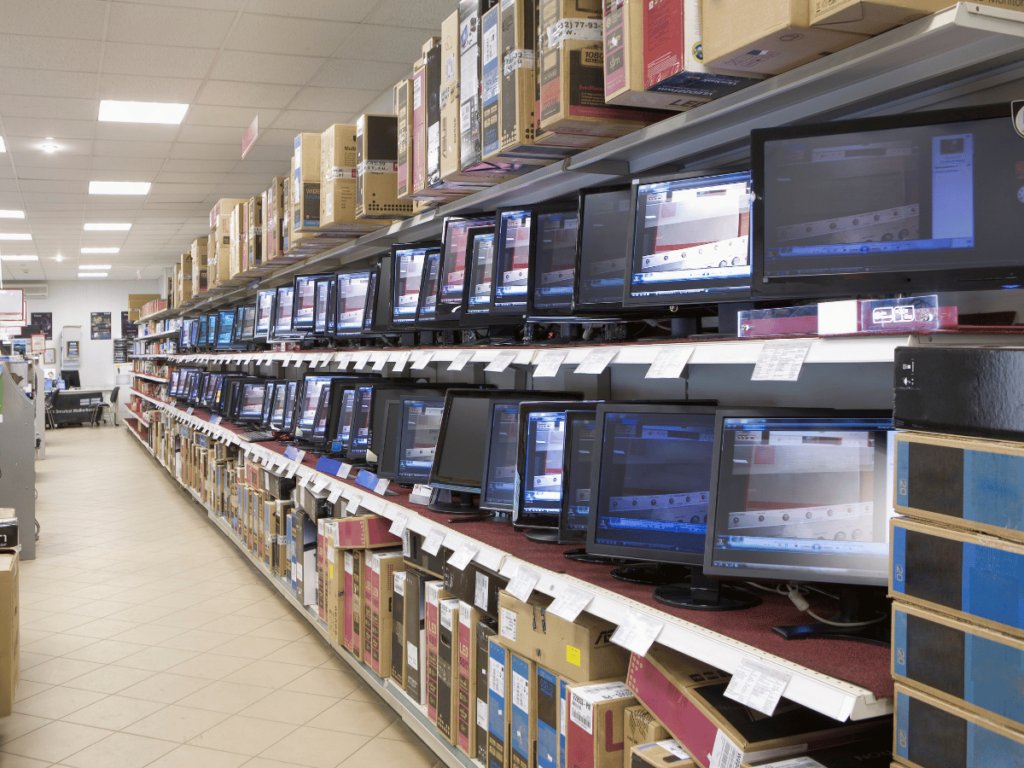
4. Market Challenges and Solutions
Navigating the thread rolling machine industry involves overcoming specific challenges and implementing effective solutions. Here are some of the prominent issues faced by the industry and the strategies employed to address them:
Managing Supply Chain Disruptions
Supply chain disruptions pose significant challenges, often leading to delays and increased costs. These disruptions can be caused by global events, logistical issues, or supplier inconsistencies. The solution lies in developing robust supply chain strategies, such as diversifying suppliers and investing in supply chain analytics to predict and mitigate risks.
Responding to Evolving Consumer Preferences
Keeping up with evolving consumer preferences is a constant challenge. As demands shift towards more sustainable and technologically advanced machines, companies must adapt quickly. Solutions involve continuous innovation and embracing customer feedback. Regular market research and development are crucial for aligning products with these evolving needs.
Navigating Fluctuating Raw Material Costs
The thread rolling machine industry faces challenges with fluctuating raw material costs, impacting production expenses and pricing, often due to global economic shifts and supply chain variations. To mitigate this, companies adopt flexible pricing and efficient inventory management, while building strong supplier relationships to stabilize supply and control costs.
5. Environmental Impact and Sustainability Trends
As we transition from specific consumer demands and industry applications, it’s important to consider the environmental impact and sustainability trends in the thread rolling machine industry. These trends are reshaping how machines are designed and operated. Here are some of the key developments in this area:
Reducing Carbon Footprint
The industry is increasingly focusing on reducing the carbon footprint of thread rolling machines. This involves designing machines that consume less energy and optimizing manufacturing processes to minimize waste. The move towards eco-friendly practices is not just about complying with regulations but also about contributing to a sustainable future.
Sustainable Materials and Manufacturing
Sustainable materials and manufacturing processes are becoming a priority. Companies are exploring the use of recycled materials and environmentally friendly lubricants in their machines. This shift is a reflection of the industry’s awareness of its environmental responsibilities, ensuring that the production process is as green as the products themselves.
Below is a table that outlines key aspects of this shift, including the use of recycled materials and eco-friendly lubricants, and the broader implications for sustainable manufacturing.
| Aspect | Sustainable Practice | Environmental Impact |
| Material Selection | Utilizing recycled materials in manufacturing processes. | Resource Efficiency: Reduces the demand for virgin raw materials, lowering the environmental footprint associated with extraction and processing. |
| Manufacturing Lubricants | Incorporating environmentally friendly lubricants in machinery operation. | Reduced Pollution: Minimizes harmful emissions and pollution, contributing to cleaner air and water. |
| Energy Consumption | Implementing energy-efficient manufacturing technologies and practices. | Lower Carbon Footprint: Decreases greenhouse gas emissions associated with energy use, contributing to climate change mitigation. |
| Waste Management | Adopting waste reduction strategies, including recycling and reusing manufacturing by-products. | Waste Minimization: Reduces the volume of waste sent to landfills, promoting a circular economy. |
| Water Use | Employing water-saving techniques and recycling water within manufacturing processes. | Water Conservation: Lessens the impact on freshwater resources, preserving them for future generations. |
| Product Lifecycle | Designing products with sustainability in mind, from material selection to end-of-life recyclability. | Sustainability Across Lifecycle: Ensures products are not only made sustainably but are also recyclable or biodegradable at the end of their life. |
| Supply Chain | Sourcing materials and components from suppliers who also adhere to sustainable practices. | Extended Responsibility: Encourages sustainability throughout the supply chain, amplifying environmental benefits. |
| Certification and Compliance | Achieving environmental certifications and adhering to international sustainability standards. | Market Recognition: Validates a company’s commitment to sustainability, enhancing brand reputation and consumer trust. |
Commitment to Sustainability
Awnail is leading the way in incorporating sustainability into thread rolling machines. Their commitment to eco-friendly practices includes optimizing energy consumption and using sustainable materials, aligning with the global trend towards environmental consciousness. This approach not only benefits the planet but also resonates with eco-minded customers, setting a standard for others in the industry.
6. Future Market Predictions and Trends
As the thread rolling machine industry marches forward, anticipating future market trends becomes crucial for strategic planning. Here are some key trends that are expected to influence the industry in the coming years:
Rise in Customization and Flexibility
A significant trend will be the rise in demand for customized and flexible thread rolling machines. This shift caters to diverse and specific customer requirements, such as machines capable of producing unique thread patterns or accommodating different materials. An example is the growing need for machines that can switch between metric and imperial thread standards easily.
Expansion of Global Distribution Networks
The expansion of global distribution networks is set to be a major trend. As businesses seek to penetrate new markets, establishing a robust global distribution and service network will become increasingly important. This expansion is vital to reach and support customers worldwide, especially in emerging economies where industrial growth is accelerating.
Development of Multi-functional Machines
Another emerging trend is the development of multi-functional thread rolling machines. These machines will be designed to handle a variety of tasks beyond just thread rolling, like cutting and shaping, providing more value and versatility. This shift responds to the industry’s need for more integrated and cost-effective solutions, especially appealing to small and medium-sized businesses.
Dive Deeper Into Our Resources
Looking for more diverse product options? Browse through our handpicked selections:
For some insightful reads, we’ve curated a list of recommended articles just for you:
- The Ultimate List of Top 8 Nail Making Machine Manufacturers
- An In-Depth Guide to Nail Making Machines
- Emerging Trends and Opportunities in the Thread Rolling Machine Market
Still haven’t found what you’re looking for? Don’t hesitate to contact us. We’re available around the clock to assist you.
Conclusion
Throughout this exploration, we’ve delved into the dynamic world of thread rolling machines, covering everything from market trends to future predictions. This guide offers valuable insights, helping businesses stay informed and prepared for the evolving industry landscape.
For those seeking to leverage these insights and stay ahead in the thread rolling machine market, Awnail offers cutting-edge solutions tailored to your needs. For more information, reach out to us today.


